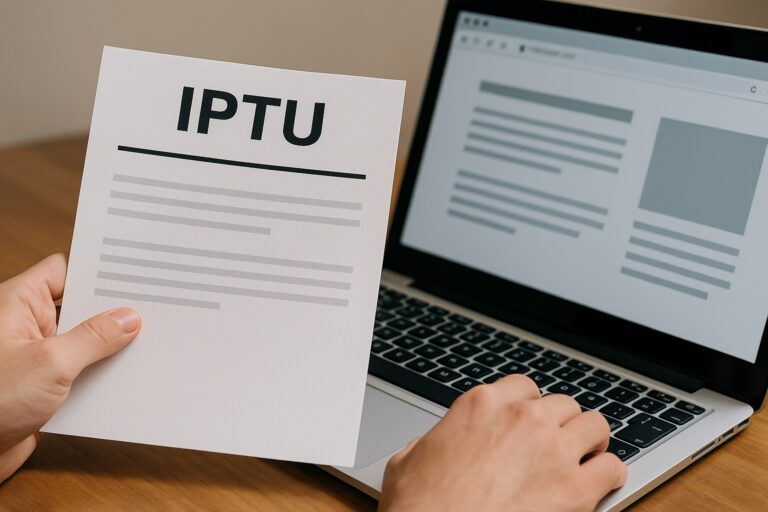Anúncios
Managing your finances when you earn just enough to get by can feel like an impossible mission. Rent, bills, groceries — they seem to drain your paycheck before you even have a chance to think about saving. But the truth is, with some planning and the right habits, it is possible to build financial stability even with a limited income.
Many young adults in the U.S. are starting out in jobs that don’t offer high salaries, or they’re juggling school and part-time work. If that’s your case, you’re not alone. Learning how to handle your money early on — no matter how little — gives you a powerful head start on building a secure financial future.
This article is here to help. With practical advice, real-life examples, and guidance you can actually follow, you’ll learn how to take control of your finances one smart step at a time. Let’s get started with tip number one.
1. Understand where your money goes
The first step to saving money when you earn a low income is to know exactly how you’re spending it. Many people believe they have a “money problem,” when in fact, they have a visibility problem. If you’re not tracking your expenses, you’re flying blind.
Start by listing all of your income sources and fixed expenses—rent, utilities, phone bills. Then move on to variable expenses like groceries, coffee, streaming subscriptions, and nights out. You might be surprised to find where small leaks are draining your budget. For example, spending $4 a day on coffee adds up to over $100 a month.
Apps like Mint, EveryDollar, or even a simple spreadsheet can help you categorize and review your spending. Once you have a full picture, you’ll be better equipped to make changes that actually stick.
2. Set clear and realistic financial goals
Saving money becomes easier when you know why you’re doing it. Without clear goals, it’s tempting to spend whatever you have left over. Define what you want to achieve — whether it’s building a $500 emergency fund, paying off credit card debt, or affording a second-hand car.
Make your goals SMART: Specific, Measurable, Achievable, Relevant, and Time-bound. For instance, “I want to save $100 in three months for emergencies” is better than just “I need to save more.”
Keep your goals visible — write them on sticky notes, use your phone wallpaper, or add reminders in your budget app. The more often you’re reminded of them, the more motivated you’ll feel to stick with the plan.
3. Prioritize essential expenses first
When money is tight, it’s essential to differentiate between needs and wants. Rent, groceries, health insurance, and basic transportation are non-negotiable. These must always come first, even if it means saying no to social plans or cutting back on hobbies temporarily.
A helpful exercise is the zero-based budget, where every dollar has a job. You assign every cent of your income to a category — from bills to savings to entertainment — so nothing is left unaccounted for.
Remember, discipline in prioritizing now gives you freedom later. The goal isn’t to restrict your life permanently, but to create breathing room in your finances.
4. Use budgeting tools that make your life easier
Budgeting doesn’t have to mean complicated spreadsheets and constant math. There are many digital tools specifically designed to help beginners stay on track.
For example, YNAB (You Need A Budget) teaches you to “give every dollar a job” and helps with future planning. Goodbudget uses an envelope system, dividing your money by category. And Simple Bank, now integrated with BBVA, used to offer banking features that helped automate saving goals.
Pick a tool that feels intuitive to you. If you prefer pen and paper, that’s okay too — what matters is consistency, not perfection. The right tool can help you stay accountable without adding stress.
5. Cook at home and reduce food delivery expenses
Food delivery and dining out are some of the biggest hidden expenses in a young adult’s life. A $15 takeout meal a few times a week adds up fast. Cooking at home is one of the easiest and most effective ways to cut costs without sacrificing quality.
Start with simple meals like rice, beans, pasta, stir-fries, or wraps. Buy in bulk when possible and meal prep for the week to avoid last-minute takeout. Even if you don’t love cooking, learning just a few basic dishes can save you hundreds each month.
Pro tip: Use apps like Flipp or Mealime to find grocery deals and plan meals around what’s on sale. And always shop with a list — it keeps you focused and cuts down on impulse purchases.
6. Cut non-essential subscriptions and impulse buys
Many people are losing money each month to subscriptions they forgot they had — streaming services, fitness apps, or premium newsletters. Take a close look at your bank statements and cancel anything you’re not actively using.
Impulse buying is another major budget killer. When you’re stressed or tired, it’s easy to justify a little retail therapy. One trick that works well is the 48-hour rule: wait two full days before buying anything non-essential. If you still want it, and it fits your budget, go ahead. Often, the desire fades with time.
Use browser extensions like Honey or Rakuten to find discounts when you really do need to buy something online. These tools help you save without lifting a finger.
7. Find ways to increase your income gradually
Cutting expenses is powerful, but there’s a limit to how much you can cut. Increasing your income, even slightly, can create breathing room. Consider part-time work, freelancing, or selling unused items online.
Websites like Upwork, Fiverr, and TaskRabbit offer opportunities for side gigs — from writing and graphic design to assembling furniture. You don’t need to make a fortune. Even an extra $50–$100 a month can help cover groceries or build your emergency fund.
Another option is to ask for more hours at your current job, or take advantage of free online certifications to qualify for better-paying roles in the future.
8. Take advantage of community resources
There’s no shame in getting help — many successful people started by using community resources. Local food banks, community centers, and nonprofit organizations often provide assistance with food, transportation, rent, and even financial coaching.
If you’re a student or under 26, look into healthcare assistance, discounted transit passes, and college pantry programs. Also, libraries offer free Wi-Fi, books, and even classes to help you level up your skills — all at no cost.
A simple Google search for “[city name] + community financial resources” can reveal a wealth of local support.
9. Create an emergency fund, even if slowly
Saving money when you don’t have much may feel like a luxury, but an emergency fund is a lifeline. Start small — even saving $5 to $10 a week matters. Over time, you’ll build a buffer that protects you from unexpected expenses like car repairs or medical bills.
Use a separate savings account to keep it out of sight. Some banks offer “round-up” features that transfer spare change from purchases into savings automatically.
The goal is to reach at least $500 to $1,000 as your first milestone. It’s not a fortune, but it’s often enough to prevent a minor issue from turning into a major crisis.
10. Stay consistent and track your progress
Saving money on a low income takes time, patience, and above all, consistency. You won’t see results overnight — and that’s okay. What matters is building the habit.
Set weekly or monthly check-ins with yourself to review your budget and goals. Celebrate small wins, like skipping takeout for a week or reaching your first $100 saved.
And if you fall off track? Don’t quit. Everyone slips up — what separates those who succeed financially is that they start again. Remember, your financial journey is a marathon, not a sprint.
Conclusion
Saving money on a tight income is not just about cutting costs — it’s about building better habits, learning how to stretch your resources, and developing the confidence to manage your finances wisely. While it may seem tough at first, every small step you take builds momentum toward financial independence.
By understanding your spending, setting smart goals, and using the right tools and strategies, you can turn your paycheck into a powerful tool — no matter how small it seems today.
Be patient with yourself, stay consistent, and take pride in every dollar saved. The progress will come — one smart decision at a time.
Frequently Asked Questions
1. How much should I aim to save if my income is very low?
Start with a small, achievable goal like $5–$10 a week. As your habits improve or income increases, raise that amount gradually.
2. Is it really worth budgeting if I’m just living paycheck to paycheck?
Yes. Budgeting helps you identify patterns and take control, even if your income is limited. Small changes can have a big impact over time.
3. Are there any apps specifically for people on low incomes?
Apps like EveryDollar (free version), Goodbudget, and Mint are great for budgeting without needing extra cash upfront.
4. What if unexpected expenses keep ruining my plans?
That’s why building a small emergency fund is crucial. Even a few hundred dollars set aside can reduce stress and give you breathing room.
5. Can I still have fun while saving money?
Absolutely. Look for free or low-cost activities in your community, host potlucks, or use rewards programs. Saving money doesn’t mean cutting all joy — it’s about spending smarter.



